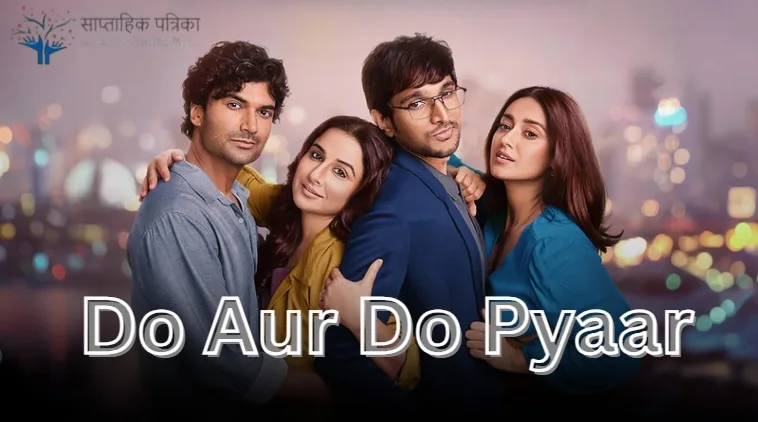Sanjay Leela Bhansali’s latest venture, “Heeramandi,” has sparked discussions and debates among viewers regarding its portrayal of women in a historical setting. The series delves into the lives of ‘tawaifs‘ or courtesans, shedding light on their world filled with glamour, power struggles, and sacrifices. However, beneath the opulent visuals and intricate costumes lies a narrative that raises questions about gender roles, power dynamics, and feminist representation.
Sanjay Leela Bhansali’s latest offering, Heeramandi: The Diamond Bazaar, is a visual treat that explores the intricate lives of courtesans in a bygone era. Amongst the stellar cast and grandeur sets, one performance stands out like a beacon – Richa Chadha as Lajjo. In this captivating portrayal, Chadha breathes life into a character filled with anguish, hope, and tragedy, leaving an indelible mark on the audience.
Lajjo arc in Heeramandi may be short but it packs an emotional punch that reverberates throughout the narrative. As an alcoholic and hopelessly romantic courtesan yearning for love and freedom, Lajjo is both unpredictable and compelling. Chadha infuses her character with intensity and grace, delivering what can only be described as her finest hour on screen.
Exploring Power Dynamics
In “Heeramandi,” Bhansali presents ‘tawaifs‘ as powerful figures who hold sway over influential men like ‘nawabs.’ Despite initial impressions of empowerment, it becomes evident that this power is limited and controlled by a select few. Mallikajaan emerges as the authoritative figure dictating decisions within her domain while other women navigate their way through societal constraints. The illusion of agency crumbles when faced with external threats like boycotts by ‘nawabs’ or abuse from authorities.
The Facade of Empowerment

Bhansali’s penchant for grandeur often overshadows the underlying vulnerabilities faced by these women. While they are adorned with exquisite jewelry and engage in mesmerizing performances, their realities remain marred by exploitation and coercion. Scenes depicting sacrificial acts to save others or maintain status quo romanticize suffering without addressing its systemic roots. The glorification of sacrifice perpetuates harmful stereotypes rather than challenging them.
Regressive Narratives Amidst Progression
The evolution of female characters in Indian cinema has been marked by strides towards independence and agency. However, recent trends suggest a resurgence of regressive portrayals that echo past depictions where women were relegated to subordinate roles defined by male perspectives. Films like “Heeramandi” risk undoing progress by reinforcing archaic notions of sacrifice and submission under the guise of tradition.
See more: Tamil Movies in 2022: A Promising Year for Kollywood
Historical Context vs Contemporary Lens
Set against the backdrop of pre-independence India, “Heeramandi” attempts to contextualize its narrative within a specific time period where ‘tawaifs‘ held significance in society. While acknowledging historical accuracy is essential, it is equally crucial to critique outdated norms that perpetuate gender inequality. Celebrating a culture rooted in patriarchy undermines efforts towards inclusivity and gender equity prevalent today.
Challenges Faced by Women Today
The controversy surrounding Sujata R Karthikeyan’s transfer highlights ongoing challenges faced by women occupying public roles. Accusations of misuse of office raise concerns about political interference undermining individual integrity irrespective of gender identity. Instances like these underscore the need for accountability measures ensuring fair representation devoid of bias or favoritism.
Conclusion
“Heeramandi” invites reflection on how narratives shape perceptions around femininity, power dynamics, and societal expectations placed upon women across eras. By critically analyzing its depiction of ‘tawaifs,’ we confront complex themes intersecting history with contemporary values concerning gender equality.
As audiences engage with diverse interpretations stemming from Bhansali’s visual storytelling style juxtaposed against thematic complexities present within “Heeramandi,” conversations surrounding feminism resonate beyond mere screen aesthetics but delve deeper into socio-cultural implications guiding our understanding of womanhood both past & present.







